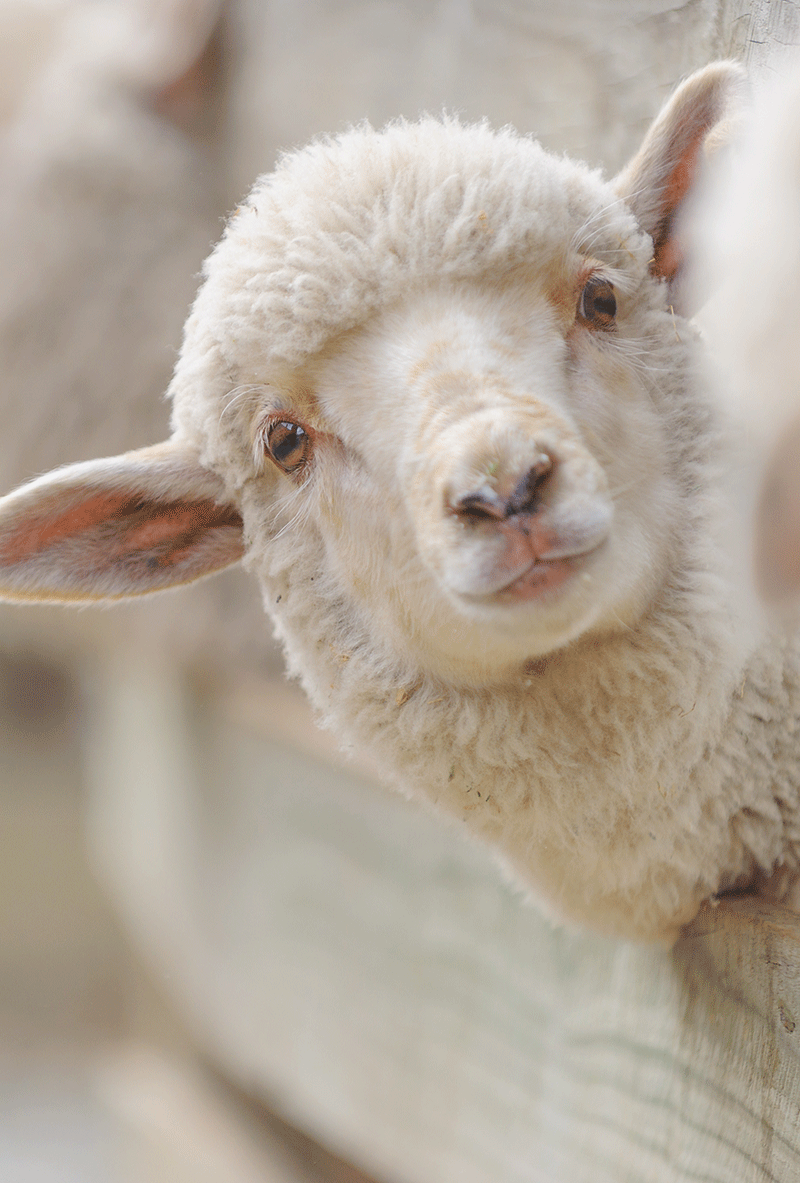At the time of killing, animals are not always stunned or are stunned ineffectively.
Animals can, therefore, still be conscious when bleeding starts. Despite the fact that pre-slaughter stunning is mandatory under the EU Regulation 1099/2009 (Slaughter Regulation), a derogation is foreseen for slaughter carried out in the context of religious rites.
This type of slaughter, along with the use of detrimental stunning methods and the use of electric prods, are currently the major drivers of animal suffering in slaughterhouses in the European Union. For instance, in the case of electrical water baths used for stunning poultry, birds may miss the electrified water bath completely or partially. They can lift their heads before entering the water, or there can be difficulties in achieving the suitable amperage for every single bird entering the water bath: meaning they are still conscious when they begin to be bled out.
Certain stunning methods do not induce instantaneous and painless unconsciousness, either. For instance, high concentration CO2 stunning causes pain and distress for pigs from their first exposure to the gas to loss of consciousness, which can take up to a minute to occur. Despite these problems, this method is used in the majority of large EU pig slaughterhouses, as it allows for faster operations and more uniform meat quality.
Additionally, staff training and skill level play a crucial role in determining animal welfare at slaughter. The European Food Safety Authority recently identified a vast range of welfare problems occurring in farm birds and rabbits at slaughter that are associated with skill level, as well as the level of attention of the people performing the slaughtering.
occur before loss of consciousness in high concentration CO2 stunning
broiler chickens are slaughtered in the EU each year
think it is important to improve animal welfare in slaughterhouses
WHAT DOES THE PUBLIC THINK?
The 2023 special Eurobarometer on animal welfare showed that 90% of Europeans consider that farming and breeding practices should meet basic ethical requirements.
Nearly nine in ten Europeans (88%) said that it is important to improve the welfare of animals in slaughterhouses.
Slaughter practices have been subjected to increased scrutiny by EU citizens as part of a broader trend towards flexitarian, reducetarian, vegetarian and plant-based dietary choices and the availability of alternatives to meat.
Footage of the suffering inflicted during high concentration CO2 stunning released by animal advocacy organisations has sparked outrage in the EU and internationally. In October 2020, EU citizens expressed their views on slaughter without stunning in an opinion poll commissioned by the Eurogroup for Animals and its members, clearly showing broad support for a ban.
POLICY - CURRENT STATE OF PLAY
Regulation 1099/2009/EC on the protection of animals at the time of killing (Slaughter Regulation), entered into force on the 1st of January 2013.
Already at that time, the co-legislators stressed that as scientific and technical progress is regularly made with regard to the construction, layout, and equipment of slaughterhouses, as well as with regard to the handling and restraining of animals, it was important to authorise the European Commission to amend the requirements to reflect the latest advancements in these areas as and when appropriate.
The European Commission announced in its Farm to Fork Strategy in 2020 that it will revise the animal welfare legislation to align it with the latest scientific evidence. At Eurogroup for Animals, we strongly believe this process should include an update to the Slaughter Regulation, to ensure there are up-to-date policies in place to reduce the suffering experienced by millions of sentient beings, at a time in which they are especially vulnerable.









